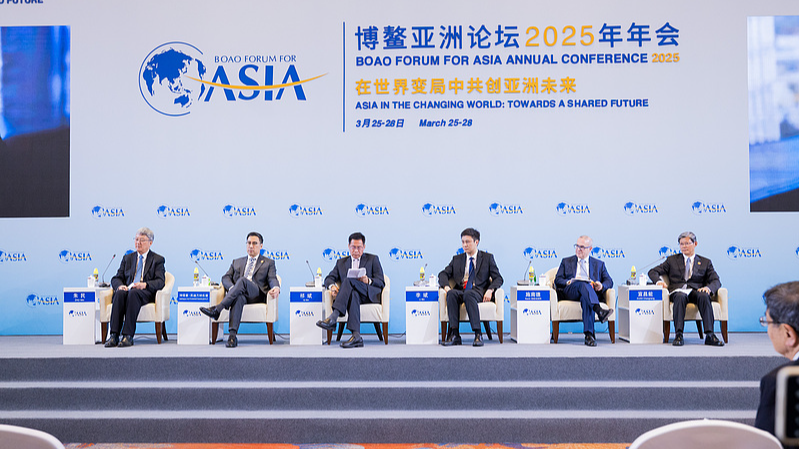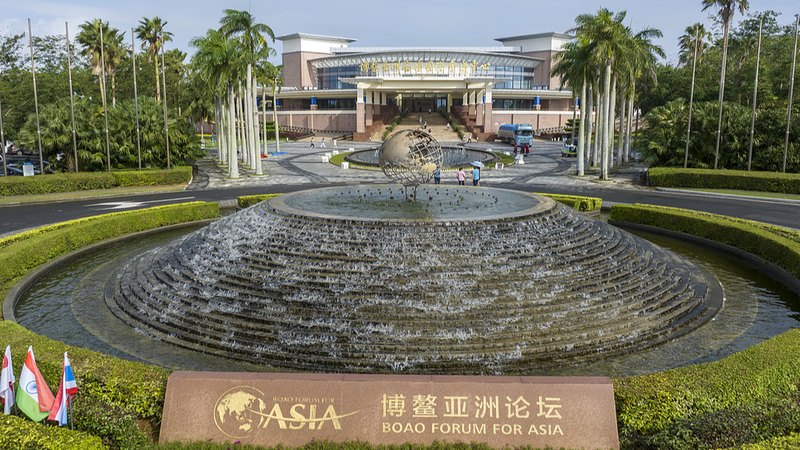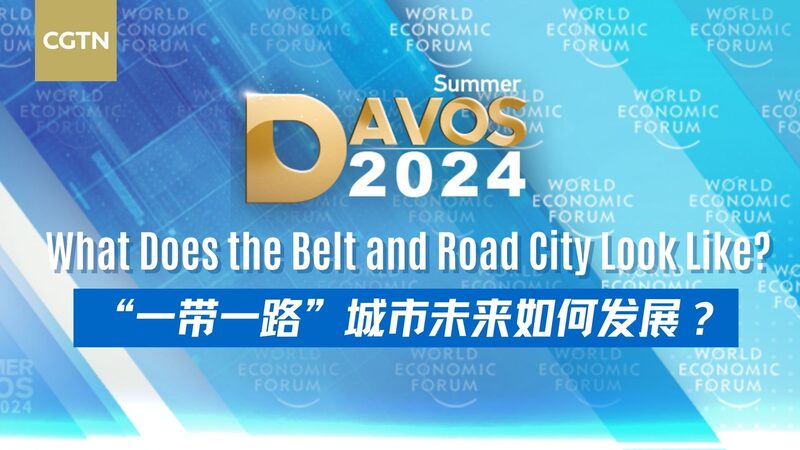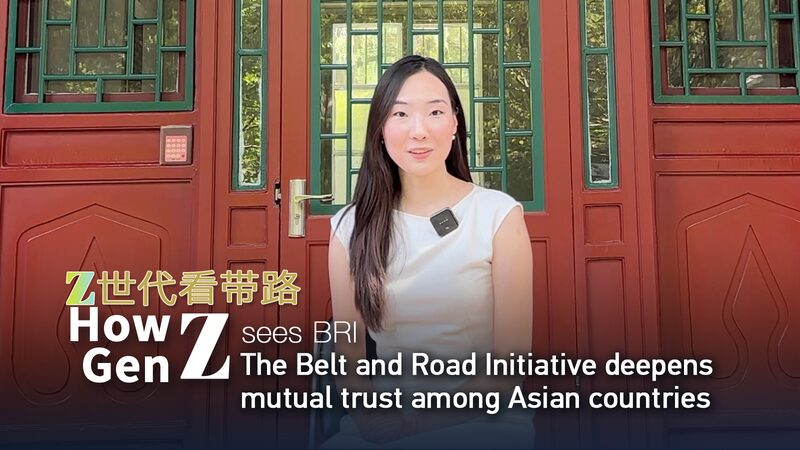As protectionism and trade wars rattle global markets, China is doubling down on connectivity and openness to stabilize supply chains – and the world is taking notice. 🌍 At the Boao Forum for Asia 2025, experts hailed the country’s infrastructure megaprojects and trade policies as antidotes to economic fragmentation. 📊
'The China-Kyrgyzstan-Uzbekistan railway isn’t just tracks and trains – it’s a lifeline,' said Akylbek Zhaparov, former leader of the Kyrgyz Republic. This Belt & Road Initiative (BRI) project will slash transit times for Central Asian goods while creating sea access via Chinese ports. 🚂⚓
Asia now dominates 41% of global intermediate goods trade, with China anchoring manufacturing value chains. Yasiru Bandara Ranaraja of BRISL called BRI 'Asia’s golden ticket to decentralized, resilient trade networks.' The numbers back it up: China has inked 23 free trade pacts and leads the Regional Comprehensive Economic Partnership, covering nearly a third of humanity. 🌏🤝
While some nations hike tariffs, China’s opening wider – scrapping foreign investment caps in manufacturing and healthcare. The result? Giants like Japan’s AGC and Germany’s Merck are doubling down. 'China’s our growth engine,' said AGC’s Ueda Toshihiro. 🔑📈
But Roland Berger’s Denis Depoux says the next step is crucial: 'From "Made in China" to "Designed in China" – that’s how Chinese firms become true global players.' 🚀
For young professionals and entrepreneurs watching supply chain chess moves, one thing’s clear: in turbulent times, Asia’s economic architects are building bridges, not walls. 🌉✨
Reference(s):
China boosts global supply chain via openness, regional connectivity
cgtn.com






